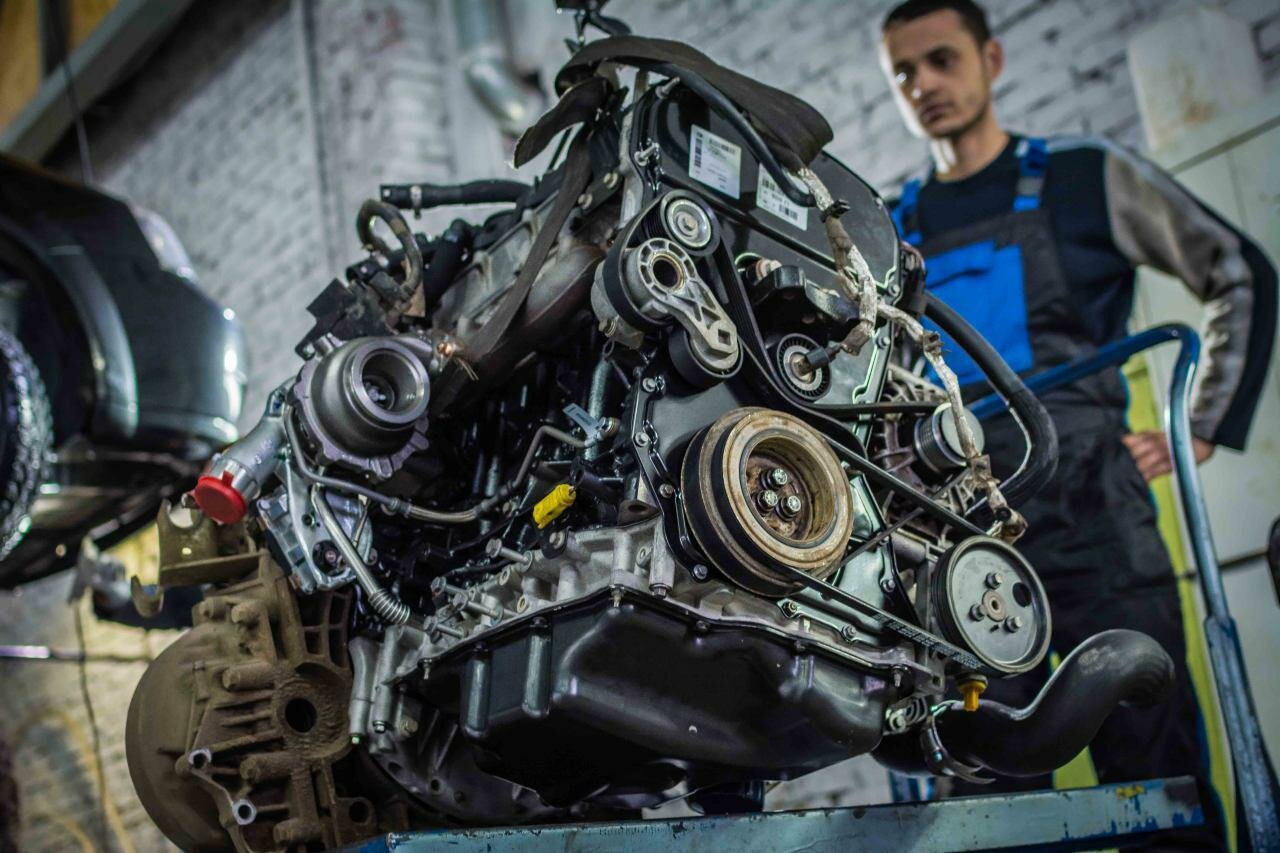Chevy LT1 Engine Overview
A Brief History
The Chevy LT1 engine has a storied history that dates back to its debut in the early 1970s. Originally introduced in the 1970 Corvette, the LT1 was a high-performance small-block V8 that quickly gained a reputation for its power and efficiency. Over the years, the LT1 has undergone several iterations, with significant redesigns in the 1990s and again in the 2010s, adapting to the evolving automotive landscape. The 1992 version, for instance, was notable for its use of advanced technologies like sequential fuel injection, which set it apart from its predecessors.
As the automotive industry shifted towards more fuel-efficient and environmentally friendly engines, the LT1 continued to evolve. The modern iteration, introduced in the 2014 Corvette Stingray, features direct fuel injection, variable valve timing, and a host of other innovations that enhance performance while meeting stringent emissions standards. This engine has found its way into various Chevy models, including the Camaro and the Silverado, solidifying its status as a versatile powerhouse.
Despite its impressive engineering and performance capabilities, the LT1 engine is not without its issues. Owners and enthusiasts have reported a range of problems that can affect reliability and performance. Understanding these common issues is crucial for anyone considering a vehicle equipped with this engine. From oil leaks to overheating, the LT1’s problems can lead to costly repairs and safety concerns if not addressed promptly. This article delves into the most prevalent LT1 engine problems, providing insights for current and prospective owners.
Common Problems with the Chevy LT1 Engine
The Chevy LT1 engine, while celebrated for its performance, has its share of issues that can frustrate owners and enthusiasts alike. Understanding these problems is essential for maintaining the engine’s reliability and performance. Below are some of the most frequently reported issues associated with the LT1 engine.
Oil Leaks
One of the most common problems with the LT1 engine is oil leakage. This issue can stem from several sources, including:
- Valve cover gaskets
- Oil pan gaskets
- Rear main seal
Oil leaks not only lead to low oil levels but can also create a fire hazard if oil drips onto hot engine components. Regular inspections and timely gasket replacements are crucial to preventing this issue.
Overheating
Overheating is another significant concern for LT1 owners. Factors contributing to overheating include:
- Faulty water pump
- Clogged radiator
- Thermostat failure
When the engine overheats, it can lead to severe damage, including warped cylinder heads and blown head gaskets. Monitoring coolant levels and ensuring the cooling system is functioning properly can help mitigate this risk.
Fuel Injector Issues
The LT1 engine utilizes fuel injectors that can become clogged or fail over time. Symptoms of fuel injector problems include:
- Poor fuel economy
- Rough idling
- Engine misfires
Regular maintenance and fuel system cleaning can help prevent injector-related issues.
Ignition System Failures
Ignition system failures can lead to a range of performance issues. Common problems include:
- Worn spark plugs
- Faulty ignition coils
- Bad wiring connections
These issues can cause hard starting, reduced power, and increased emissions. Regular inspections and timely replacements are essential for maintaining optimal ignition performance.
Table of Symptoms and Consequences
| Symptom | Possible Cause | Consequence |
|---|---|---|
| Oil Leak | Worn gaskets or seals | Low oil levels, potential fire hazard |
| Overheating | Faulty water pump, clogged radiator | Engine damage, warped heads |
| Poor Fuel Economy | Clogged fuel injectors | Increased fuel costs |
| Rough Idling | Ignition system failure | Reduced engine performance |
Top views |
|
|---|---|
 |
Oil, Timing Chains, Pistons: What Really Kills an Engine Prematurely? |
 |
How to Choose a Car with a Reliable Engine: Used Car Market Hacks That Actually Work |
Conclusion
The Chevy LT1 engine, while powerful and efficient, is not without its flaws. Being aware of these common problems can save owners from costly repairs and ensure a more reliable driving experience. Regular maintenance and prompt attention to symptoms can help mitigate many of the issues associated with this engine.




0 Comments